When making pour-over coffee, you can feel like a home barista! A trendy hobby with always exciting flavors. In this article, I will show you how to make a hand drip coffee.
A little historical overview: I’m from Europe, and in the past decades, our parents’ and grandparents’ coffee was mainly brewed in rusty pots, vinegar-soaked kettles. That’s why coffee is bitter in our eyes and arrives in small cups – it’s more Italian in style.
I’ve already written about the Moka Pot. Now, the spotlight is on the pour-over.
Hand drip coffee is entirely different from the usual coffee brewing methods. That’s why it’s also called alternative coffee brewing. Compared to other coffee-making techniques, with hand brewing, you can achieve
- a much more refined,
- lighter,
- and smoother flavor profile.
Also, you can use several different barista tools. Let’s find your favorite! (And I’ll tell you my favorite too!)
What is hand drip Coffee?
It’s in the name: you make your coffee with your hands. No automatic coffee makers, no electronics, it’s you.
- You grind the coffee,
- Measure the grounds,
- And pour hot water onto it.
This alternative coffee brewing method can be done with numerous barista tools. Examples include V60, Kalita, Chemex, Clever Dripper, etc.
The caffeine effect of pour-over coffees is different from that of espresso. The impact of the caffeine sensation lasts much longer, just like with teas, and it doesn’t hit us as intensely as an espresso.
In pour-over coffee, the water flows through the coffee grounds and extracts compounds gradually as it drips through. This slower extraction process allows for a more even extraction of flavors and caffeine from the coffee grounds. As a result, the caffeine is released over a longer period, leading to a smoother and more prolonged caffeine effect.
On the other hand, espresso is brewed by forcing hot water through finely-ground coffee under high pressure, which results in rapid extraction of compounds, including caffeine.
Hand brewing coffee guide
You don’t need to think big; you don’t need a high-pressure coffee machine, gas, or electric stove. Hand brewing coffee is easy and fun. It is an experience that completes the coffee moments.
Important! Use light roast specialty coffee for brewing.
The grinding of the coffee can also vary, ranging from very fine to coarse. Choose a brewing method and the coffee maker, and use the perfect grind size!
| Grind Size | Example | Coffee Maker |
| Extra Coarse | peppercorn | Cold brew |
| Coarse | sea salt | French press, Percolator |
| Medium-coarse | rough sand | Chemex, Clever dripper |
| Medium | sand | Drip coffee maker |
| Medium-fine | granulated sugar | AeroPress, Hario V60, Kalita, Melita |
| Fine | powdered sugar | Moka pot, Espresso machines, AeroPress |
| Extra fine | the finest flour | Ibrik (Turkisch coffee) |
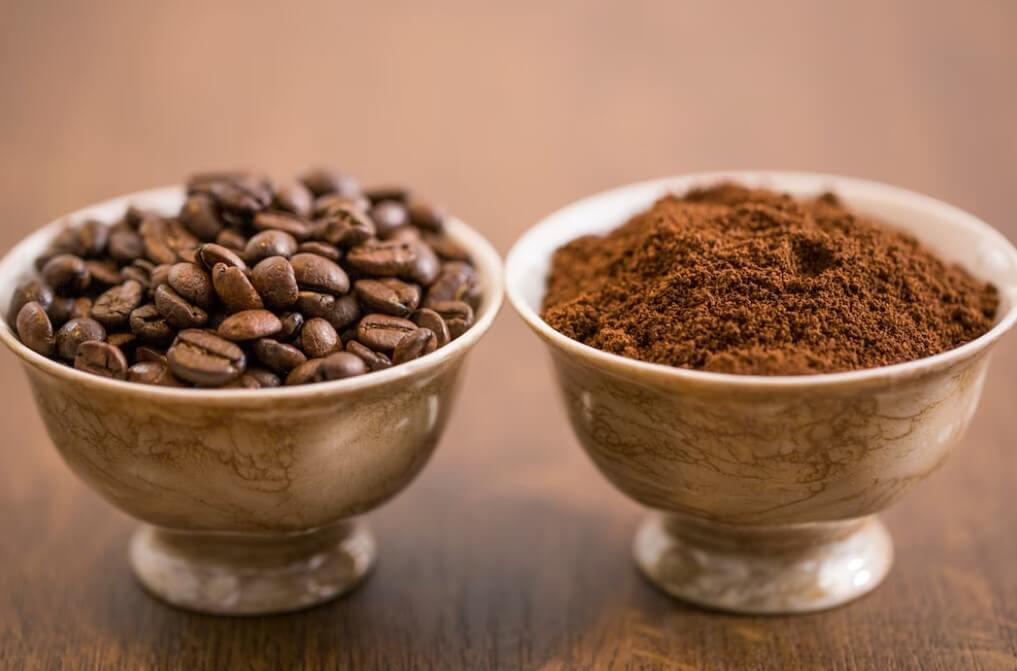
Drip coffee makers
Leave your rusty percolator behind and try the best drip coffee makers! Each tool has its advantages and disadvantages.
French Press
A device that requires a coarser grind. Coffee-making is straightforward with it, and it’s also an excellent tool for frothing milk.
The disadvantage? You might find some sediment in your cup.
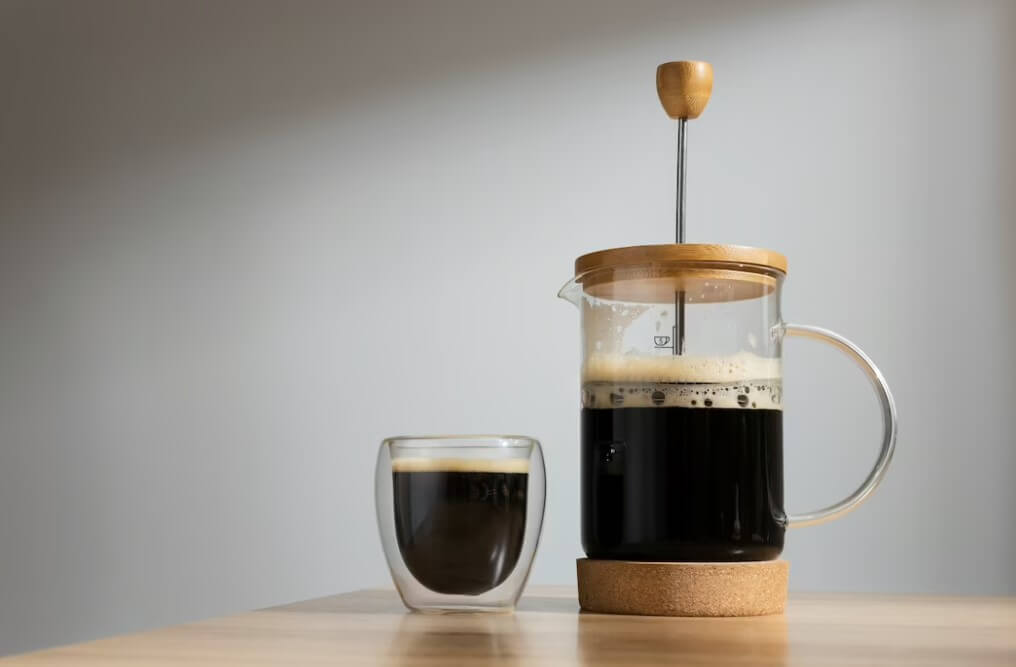
Chemex
It’s an invention of a chemist who combined a filter coffee maker with a laboratory flask. This way, you only need to place a filter on top, eliminating the need for a separate device. It has a very elegant design.
On the other hand, you will need specific filters that are thicker and can impact the extraction.
Aeropress
A groundbreaking American alternative coffee brewing device. You manually press the water through the grounds, producing exciting and flavorful coffee. The brewing time is very quick.
Yet, the volume per brew is limited, and you must be extra careful while brewing your coffee.
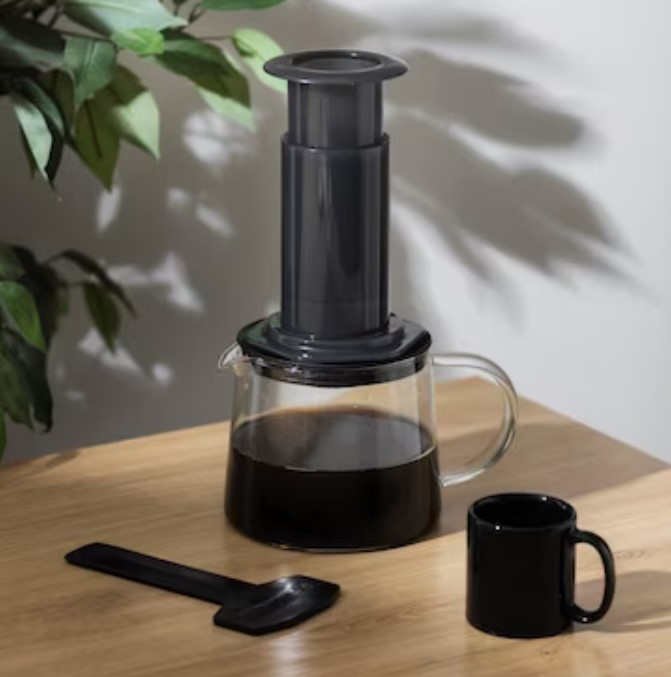
My favorite hand brew: the V60!
One of the most well-known and beloved pour-over coffee makers. Imagine a funnel closing at a 60-degree angle: you place a coffee filter and then add the coffee. Then pour hot water on it, and your coffee will drip into the server. Hario V60 has pure, bright flavors, and you can fully control your coffee.
On the other hand, this hand brewing method requires a lot of practice for consistent results.
Clever dripper
As the name suggests, this is an adjustable filter coffee device. The secret is a small “trap door” at the bottom of the dripper that can be closed and opened, allowing control over the steeping time.
You’ll also need practicing to master this brewing method.
Kalita and Melita pour-over coffee makers
These barista tools differ from V60 in the outlet hole’s shape, size, and shape, which can lead to a different taste in your brew.
Thus, you will need specific filters. Also, the Kalita hand dripper may be slower than the other brewing methods.
How to make hand drip coffee
I’ll show you an example with my favorite hand brewer, the Hario V60.
Hand drip coffee instructions (with V60)
A V-shaped device closes at a 60-degree angle. In terms of material, it can be plastic, ceramic, glass, or even stainless steel. It’s available in several sizes for 2, 4, or 6 people.
But what do you need to make good coffee with it?
- paper filter
- any carafe,
- freshly roasted coffee,
- coffee water,
- server (any container into which the brewed coffee drips, in barista lingo.)
- kitchen tools like a teaspoon and a good barista scale with a timer
- and a good recipe!
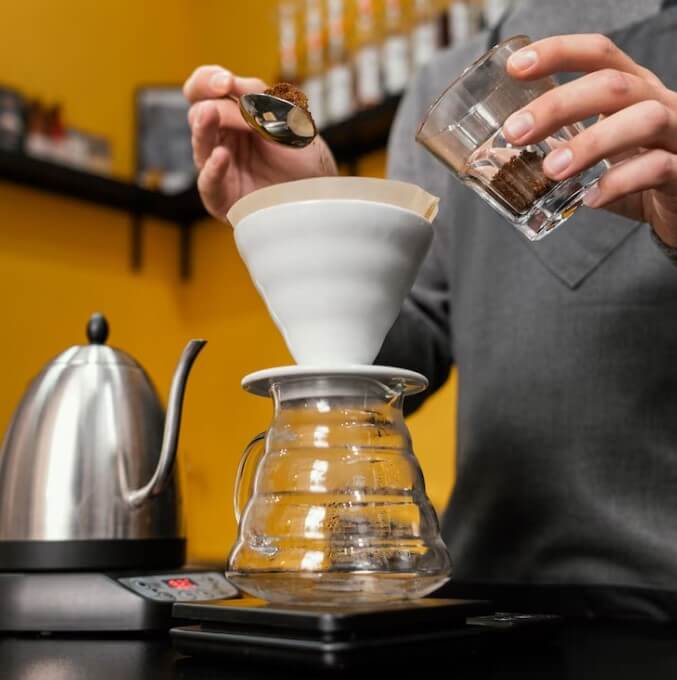
How to make drip coffee stronger?
For many people, drip coffee is not strong enough – and by that, I mean it’s not bitter at all. Hand drip coffee is flavorful and delicious. It’s soft like tea. Of course, you can try some techniques to make your drip coffee stronger and more ‘coffee-like’.
- Use a higher coffee-to-water-ratio,
- Finer grounds can lead to over-extraction and bitterness,
- Choose darker roasts,
- Extend the brewing time,
- Use a thicker paper filter,
- Pour hotter water.
But before trying these, I’d suggest you skip hand brewing and use a Moka Pot or a percolator coffee maker.
Hand brew vs. Espresso vs. Moka Pot
Moka Pot vs. Pour-Over Coffee: what are the top 3 differences between the two?
- Pour-over coffee has a softer taste.
- The Moka Pot stands between espresso and pour-over coffee, thus forming a distinct category.
- If a Moka Pot or an Espresso maker is not thoroughly cleaned, it can completely ruin the next coffee, whereas, with pour-over coffee, the chances of this happening are much lower.
What grind and roast go into the filter?
It depends on the recipe and taste. Different filter devices have preferred grind settings, but you can still make delicious coffee with recipe modifications.
However, popular belief suggests that:
- the coarser the grind, the better,
- and a lighter roast is advisable.
Why does the flavor of pour-over coffee differ from percolator coffee?
While in pour-over coffee, water, and coffee are not exposed to direct heat, boiling water continuously and almost uncontrollably affects the coffee in a percolator. If not careful, the heat can burn the sealing rubber, impacting the drink’s taste.
How does the caffeine content compare to other coffee brewing methods?
Caffeine is a water-soluble chemical compound. Since more water passes through the grounds in pour-over coffee than in making espresso, a slightly higher amount of caffeine is extracted.
Nevertheless, it’s crucial to remember that caffeine’s effects can vary from person to person, regardless of the brewing method utilized.

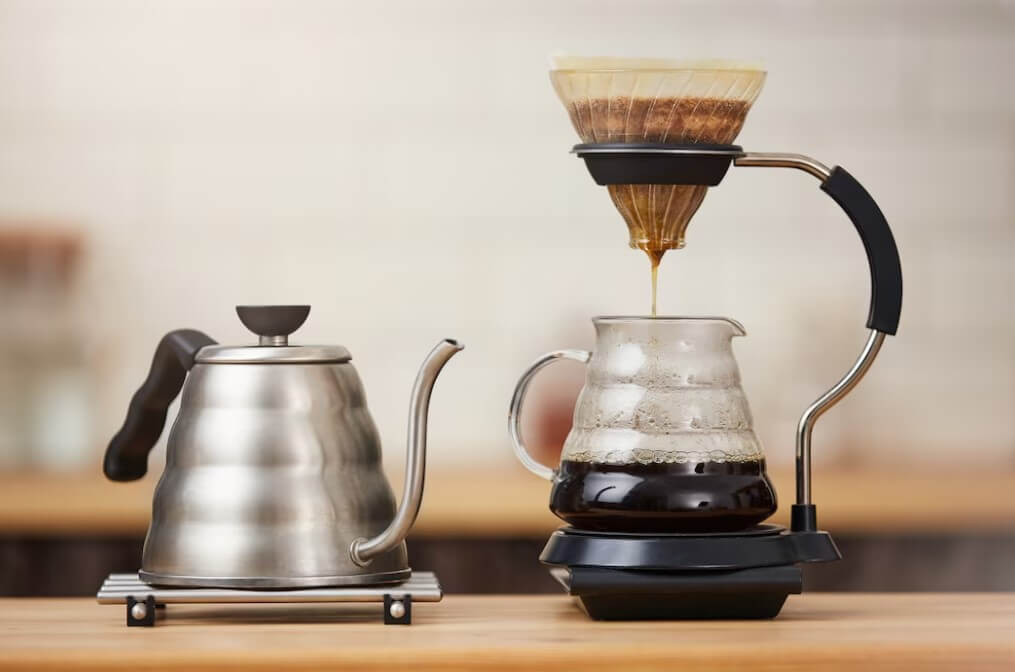
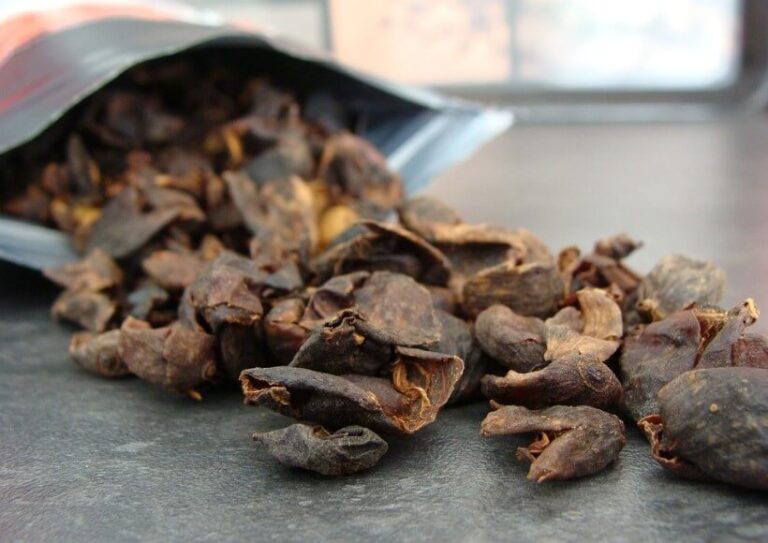
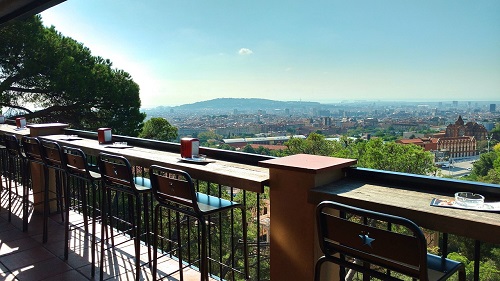
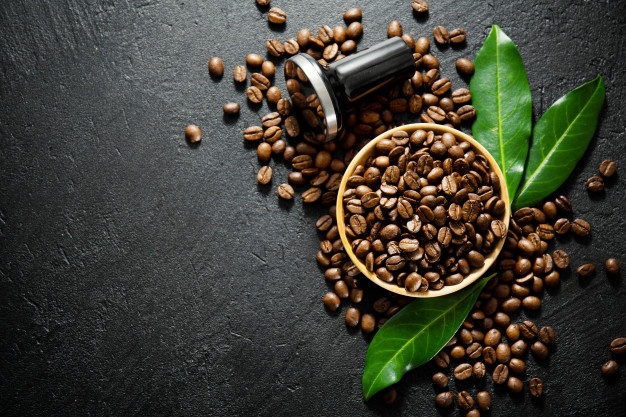
Leave a Reply